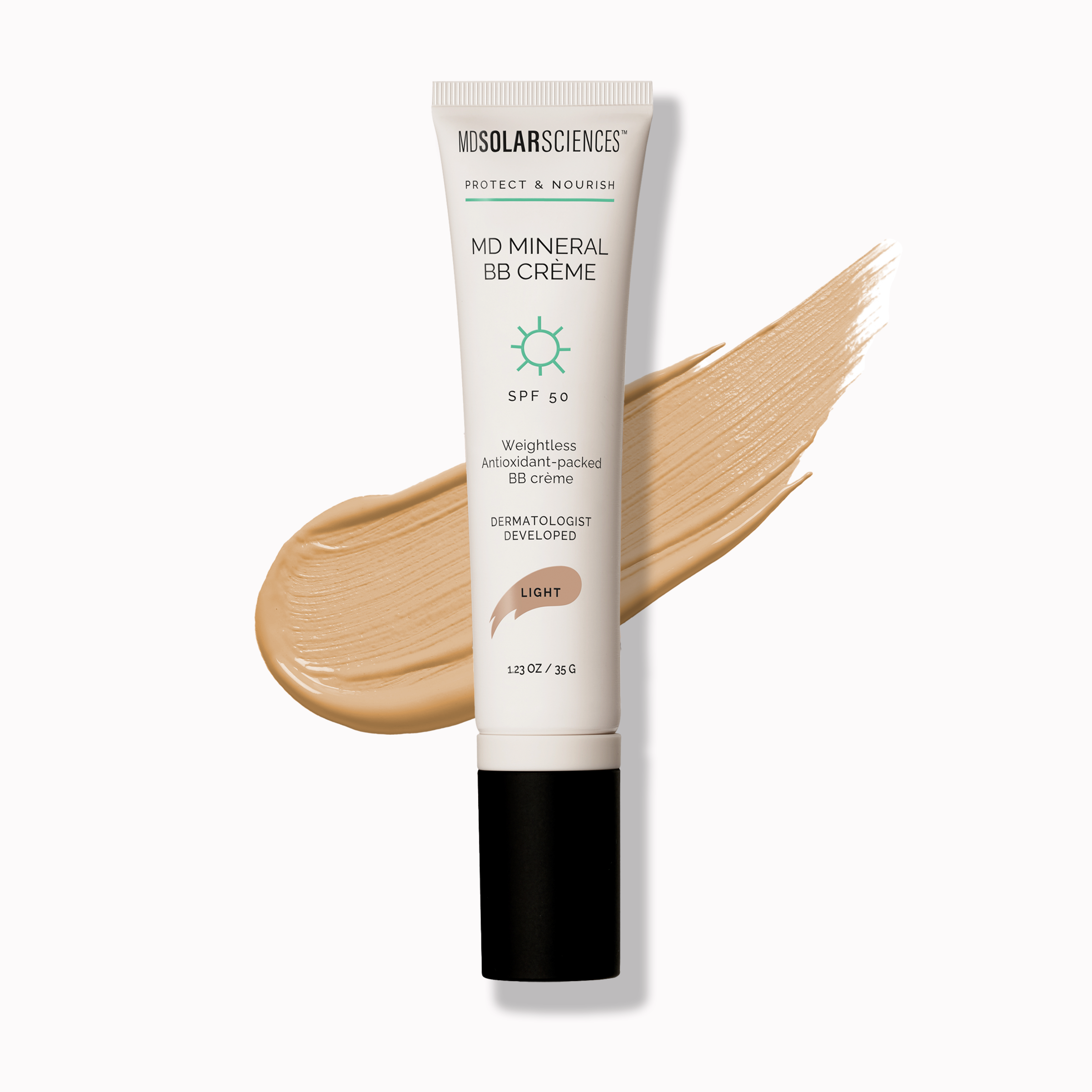UVA, UVB, & UVC
Let’s talk Solar facts!
Ever imagine how something so far can affect us all? The Sun emits sunlight in a form of rays that reach 150 million kilometers from the Earth. Sunlight gives out ultraviolet (UV) radiation that poses different effects on our skin and we’re gonna tell you all about the ABC’s of UV.

The “A” in UVA stands for “Aging”
Ultraviolet Aging (UVA) rays have the longest wavelengths out of all the three. It accounts for approximately 95 percent of the UV radiation reaching the Earth's surface according to the World Health Organization (WHO). Since UVA rays are highly penetrative, they can get into the deeper layers of the skin and can contribute to premature aging.

The “B” in UVB stands for “Burning”
Ultraviolet Burning (UVB) rays have Medium-wavelength and account for 5% of UV radiation reaching the Earth's surface. UVB rays can only reach the skin’s surface. It may not be as highly penetrative as UVA rays but long exposure to them can make as much damage. UVB rays are mostly responsible for sunburns and may have a delayed effect with long-term exposure that may even cause skin cancer.

The “C” in UVC stands for “Cataracts”
Ultraviolet Cataracts (UVC) rays have the shortest wavelengths and highest energy levels of the three types of UV rays. This means that it can cause serious damage to all life forms. On the bright side, UVC radiation is all filtered-out by the ozone layer and these rays from the sun never reach the ground.
However, man-made sources of these rays do pose damage ranging from severe burns of the skin to eye injuries. Hence, staring at the sun too long may give you cataracts or permanent blindness.
Knowing these ABC’s, how can you protect yourself?
Avoid long-term exposure to the sun!
It’s nice to soak up vitamin D every once in a while, but too much may be too bad for you. Keep your skin protected by covering up with some light-clothing and pair it up with your favorite sunglasses and hat! Also, remember to soak up on Sunscreen with the right amount of sun protection factor (SPF). Here at MDSolarSciences, we stand behind our science-backed formulas that were developed by dermatologists and continue to be recommended by some of the top skincare experts in the country.
Check out our blog Skincare Routines to know the best routine depending on your skin type!







